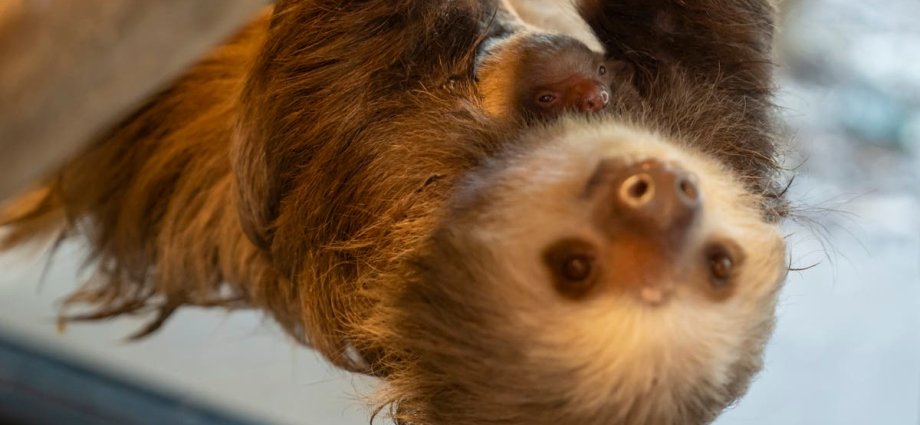A debilitating virus originating in sloths and spread by midges has been reported for the first time in Europe, officials have confirmed.
In June and July, 19 imported cases of the Oropouche virus were reported in Europe, according to the European Center for Disease Control. Twelve were reported in Spain, five in Italy, and two in Germany.
The disease is mainly spread by insect bites – including mosquitos – and originates in pale-throated sloths, non-human primates and birds.
There is currently no vaccine to treat the virus, which comes from the same family of diseases that includes Zika virus and Dengue Fever.
Dr Danny Altmann, a professor of Immunology at Imperial College London, told The Telegraph: “We should definitely be worried. Things are changing and may become unstoppable.”
Outbreaks of the virus to date have been reported in several countries across South America, Central America and the Caribbean. In 2024 specific outbreaks have been recorded in Brazil, Bolivia, Colombia, Peru, and more recently in Cuba.
Eighteen of the cases recorded in Europe reported recent travel to Cuba and one case in Italy had travelled to Brazil.
Oropouche can cause headaches, nausea, vomiting, muscle and joint pains, and occasionally more severe symptoms. These symptoms can subside after four days. The ECDC said fatal outcomes are extremely rare and recovery from the disease is common.
According to the Lancet on 25 July two deaths caused by Oropouche were reported for the first time in Brazil in two young women who had no other underlying health conditions.
Between January and mid-July more than 8,000 cases have been recorded in Brazil, Bolivia, Peru, Columbia and Cuba.
The likelihood of infection for EU citizens travelling to or residing in epidemic areas is currently assessed as moderate by the ECDC due to the high number of cases reported in the Americas.
The European authority has advised people travelling to affected areas to use personal protective measures to reduce the risk of bites, both when undertaking outdoor activities and inside houses. This includes the use of insect repellent and wearing long-sleeved shirts and long trousers.











